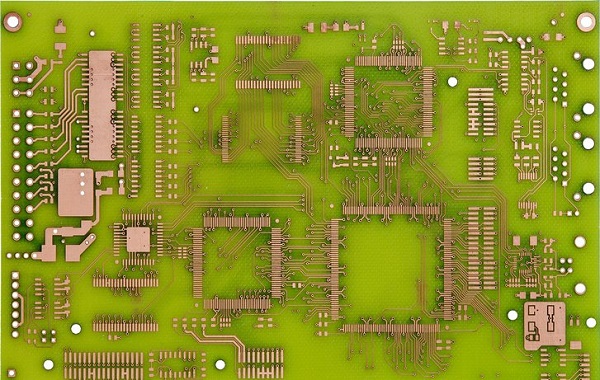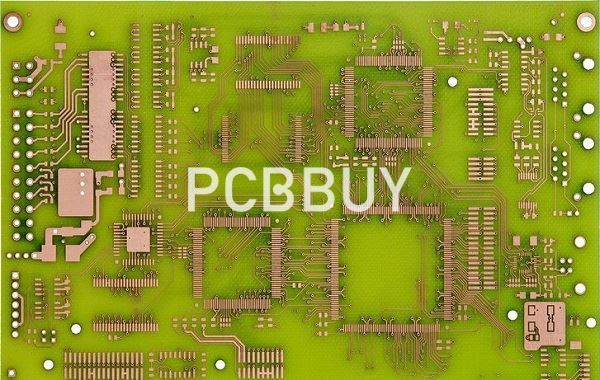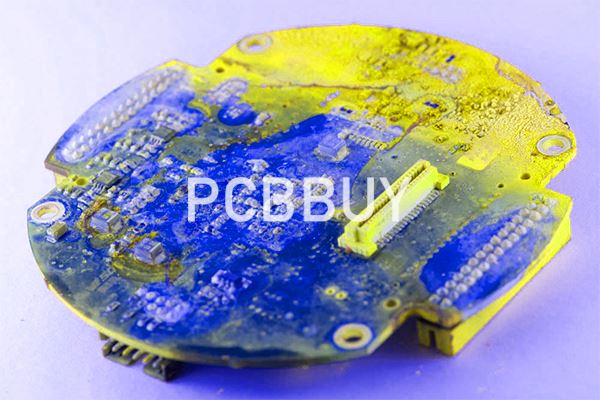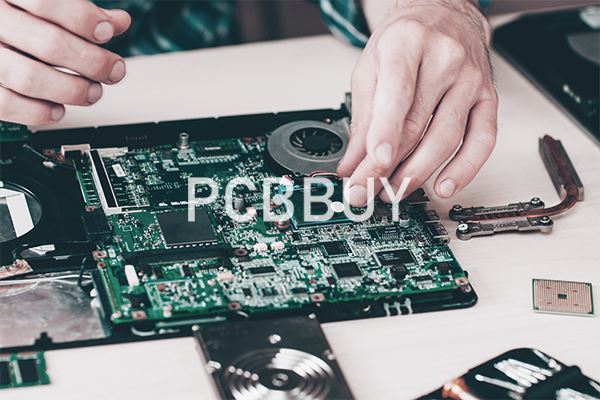What Are the Polyimide PCB Mechanical Properties and the Usages?
By:PCBBUY 07/15/2022 14:56

To understand the real meaning of polyimide PCB, at first, you will have to know about the ‘polyimide’ properly. Do you know the properties of Polyimide PCB? If you are searching for the professional knowledge of Polyimide PCB, please check and read the content below for more information.

What are the main types of PCB Polyimide?
Here are the most common types of polyimides currently on the market.
Pure Polyimides
Sometimes known as 2nd generation polyimides, pure polyimides do not have brominated flame retardants or additional additives. This makes them extremely stable, thermally speaking, and more resistant to temperature changes than most other polyimides. While not the newest version, pure polyimides still see a lot of use thanks to their overall strength.
3rd Generation Polyimides
3rd generation polyimides are newer than pure polyimides and include additives to increase their resistance to flammability, which is a crucial inhibitor against electrical fires. They are not as thermally stable as pure polyimides, but they also have a faster production time, which is ideal for making products in bulk.
Filled Polyimides
Filled polyimides contain one or more filler materials that help to resist resin shrinkage. Some types of polyimides tend to crack during curing or drilling processes, so these can maximize the long-term stability of the product.
Low-Flow Polyimides
Low-flow polyimides don’t have as much flexibility, which is ideal for printed circuit boards that need to stay stiff and tough in rough environments. Low-flow polyimides are mostly a specialty material used for PCB solutions when conventional materials aren’t quite enough.

What are the differences between Polyimide and Fr4?
Polyimides: also known as polyamides, are polymers consisting of imide monomers. This diverse group of polymers includes various materials, both natural and synthetic. For example, natural polyamides include silk and wool. In manufacturing PCBs, however, the polyamides used for board bases are synthetically mass-produced.
Synthetic polyimides are produced by polymerizing various chemistries that contain imide structures. Most commonly, the process uses bismaleimides and maleic anhydride. The different chemicals and additives used in the process can produce varied results, creating various types of polyimides that offer various advantages. Some examples are listed below:
Pure Polyimides: Pure Polyimides, also known as 2nd generation polyimides, are produced without brominated flame retardants and other additives. As a result, they are more thermally stable and temperature resistant than many of today’s alternatives.
3rd Generation Polyimides: These polyimides include additives that improve flammability resistance, which can help prevent electrical fires. While these types of polyimides tend to be less thermally stable, they offer improved production times due to the lower temperatures and times needed for curing.
Filled Polyimides: Filled polyimide systems consist of polyimide and a filler. The polyimide produces the thermal resistance and flexibility needed, but the filler helps reduce resin shrinkage, which helps minimize the formation of cracks during the curing and drilling processes.
Low-Flow Polyimides: These polyimides consist of various resins and flow restrictors that reduce the flexibility of the material.

What are the applications of Polyimide PCB?
Polyimides are created as thermosets or thermoplastics and are used as laminating resins, insulating coatings, plastics, films, and high temperature structural adhesives. They have a wide use in electronics, automobiles, and aerospace, to replace metals (even steel) and glass, in many industrial applications. They also perform well under harsh conditions, such as elevated temperatures. Polymer materials are increasingly been utilized to enhance standards of living through textiles, household appliances, insulation materials in construction and industry, materials for optoelectronics, medical implants, the formation of nano-sized films and much more.
Though natural and synthetic polyamides are both used in a wide range of applications their leading use is as printed circuit boards. These materials can be found in vehicles, clothing and consumer products. Polyamide is used to create flexible and rigid-flex PCBs, both of which have gained momentum recently and are expected to expand exponentially by 2027.
Industry Category











